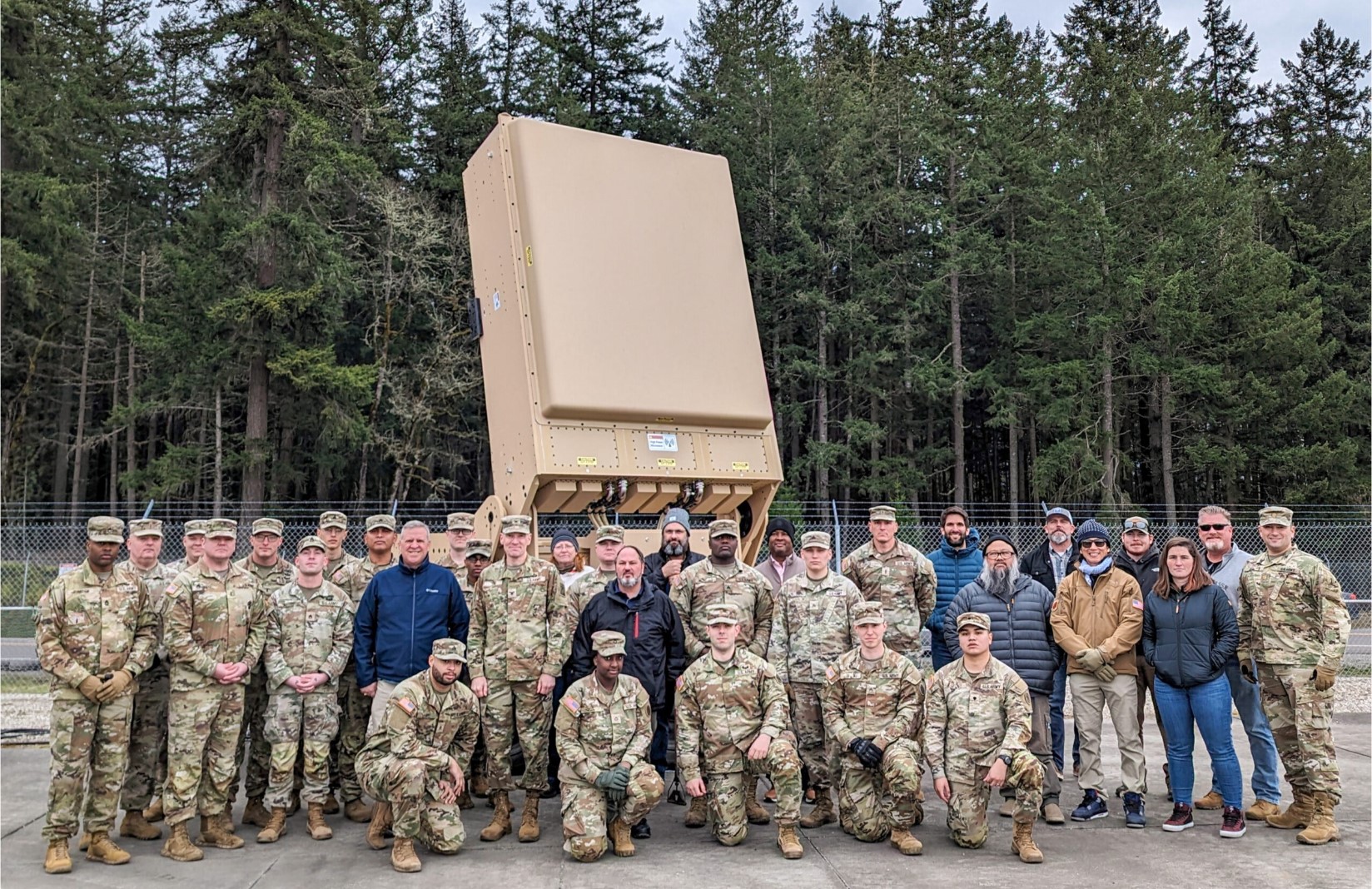In the evolving landscape of drone warfare, particularly visible in Russia’s war in Ukraine, a new defensive technology is emerging that could fundamentally change how militaries counter drone swarms, Breaking Defense reports. High-power microwave (HPM) technology, developed by Epirus under US Army contracts, stands out as the only system specifically designed to tackle multiple drones simultaneously.
“There aren’t many other types of systems that have one-to-many effects. Kinetics you rule out. They’re all one-to-one,” explains Epirus CEO Andy Lowery.
The company’s Leonidas system creates what amounts to an electromagnetic shield in the sky, disrupting the electronics of any drones that enter its field of effect.
The US Army has field-tested a high-power microwave shield that disables multiple drones at once—no missiles, just the cost of electricity.
— Euromaidan Press (@EuromaidanPress) February 23, 2025
Could this tech help Ukraine counter Russian drone swarms?
Video: Epirus pic.twitter.com/c5IecMk1us
The timing is critical, as Russian forces increasingly deploy drone swarms that overwhelm traditional anti-air defenses. Under a $66 million Army contract, Epirus has already delivered four prototype systems as of March 2024, with Army testing showing complete effectiveness against relevant threats.
The system operates by generating a persistent electromagnetic field that targets the fundamental vulnerability of modern drones: their electronics. Unlike conventional anti-drone systems that must track and engage individual targets, HPM technology creates a defensive bubble that can protect high-value assets continuously “at just the cost of electricity,” according to Lowery.
The Army’s continued investment in the technology, including a recent $17 million contract modification for sensor suite upgrades, suggests growing confidence in HPM’s potential to reshape drone defense. The system’s applications extend beyond military use, potentially protecting civilian infrastructure like airports, stadiums, and refineries from drone threats.
“What we’ve, in fact, done is create a forcefield of sorts,” Lowery notes, “which by nature is a one-to-many system that can effectively counter swarms, as well as attacks coming from the consumer electronics and the irregular/asymmetric warfare vectors.”
Read more:
- Forbes: Ukraine requires 5,000 FPV drones per month from each supplier—Pentagon plans 3,000 in two years
- As Russians catch up with naval drone tech, Ukraine is developing countermeasures
- Historic first: Ukrainian sea drone launches FPV strike on Russian coastal air defenses






